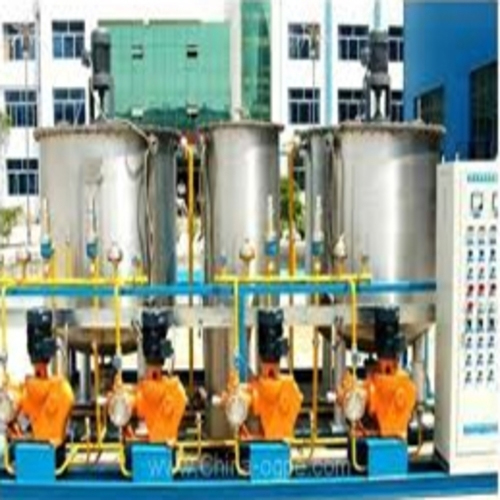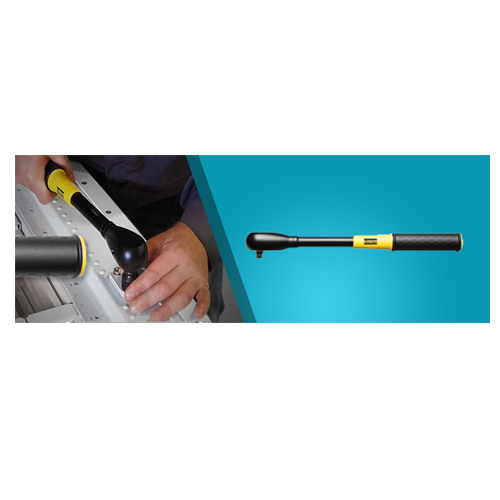Schedule a Call Back
Smooth Clean Surface
 Technical Articles
Technical Articles- Dec 23,13
By Arvind Patel
A novel invention of surface cleaning system from Valgro Fynex replaces traditional cleaning process and produces smooth, clean surface on ceramic glaze and non- glaze tiles
Valgro SCS process is a novel method that improves base surface of tiles in raw stage and cleans all residue, dust particles; reduces pinholes, rejection, misprints and fins; and increases gloss value with increased first grade production. The Valgro SCS process creates an ideal uniform surface on glaze and non-glaze tiles during intermediate production process.
Background of the Invention

During the starting of production process in press shop on green tiles some excess dust particles load on the green tiles. This layer of excess dust, commonly called "loose sticky dust", develops due to dusty environment as well as punch process, and is difficult to clean completely before a vertical dryer due to the green body. A similar defect after vertical dryer, and the dust particles and edge fins are very hard due to drying. It creates further problems in kiln process. The fine dust particles fly in kiln and convert into kiln dirt and are visible as a black colour or black spots. After kiln process the tile body is very hard and it is difficult to clean and remove the dust particles and the surface is also very porous. Due to surface defect some tiles are rejected by quality control with remarks like pin holes, glaze dimples, kiln dirt, misprints, etc., which cannot be controlled after glazing and firing process.
Valgro SCS An Effective Process

Valgro-Fynex CERATA series surface cleaning technology is a recent alternative. In this process, surface dust and residue is removed using an engineered abrasive and the process leaves the surface resistant to subsequent coating operation. As shown in Figures 1 and 2, the whole newly invented process is divided into the different zones. The process is either continuous or modular and can be extended to fulfil the customised requirements.
How Does the Valgro SCS Process Work?
At the core of the Valgro SCS process is a technology called mechanical scrubbing with solid bunch of nylon wire and abrasives roller brush.
This technology is invented on the base of lensing belt grinding process from fired biscuits cleaning process after kiln operation. Mechanical scrubbing with Valgro abrasives brush is superior to simple nylon wire brush for removing loose dust formed on raw tiles; Valgro abrasive brush is typically applied to green stage, fired biscuit stage, and final inspection stage for obtain a remarkably clean surface.

Historical Problem - for Wall, Floor, Vitrified, Porcelain, Granite Tile Industries
- Front side dust and pitch mark on tiles surface
- Reverse side bottom edge die punch burr removal.
- Stick dust removal on fire/dryer biscuit.
- Side edge glaze removal
- Matt finish, satin finish and rustic finish for vitrified and granite tiles, and
- Die punch block, liner cleaning and finishing during maintains at tool room for batter magnate effect.
- Green tiles cleaning
- Fired and dryer Biscuit cleaning
- Vitrified tiles semi polishing
- Wet dust cleaning after sizing
- Wax pad for polishing after grinding, and
- GVT and rustic tile polishing.
A=Routine Product. B=Valgro Brush Technology
The table shows reduction to the lowest historical rejection and increase in Grade 1 production of high quality ceramic tiles. Comments and requests for further information for commercial applications are welcome.
(Article edited and compiled by Arvind Patel, Founder & CEO, responsible for product and application development, Valgro India Limited, with the technical assistance from Hyzer Technology Inc)
The present invention is described with greater specific and clarity with reference to following picture:
Research Results for Surface Finish


![]()
![]()
The SCS brushing technology proved to be capable to reduce rejection and 2nd grade production with the following advantages:
- Consistent performance
- Overall lower cleaning cost
- Prevent dust loading on kiln rollers
- Uniform Glaze Coating - save glaze 3 to 4 micron
- per tiles
- Better printing impression
- Increase tiles surface gloss value
- Reduce rejection and 2nd grade production, and
- Increase the efficiency.
- Surface Finishing: Before Valgro SCS process
Related Products

Ozone System
Omnicorp Environs & Infratech Co offers a wide range of ozone systems.

SWR ’Slipping’ Wrenches
Reliable
Trade Links offers a wide range of SWR ’slipping’ wrenches.

Gripping Systems – Rgg
Schunk Intec India Pvt Ltd offers a wide range of Gripping Systems – RGG - cleaning
device with shank interface.















